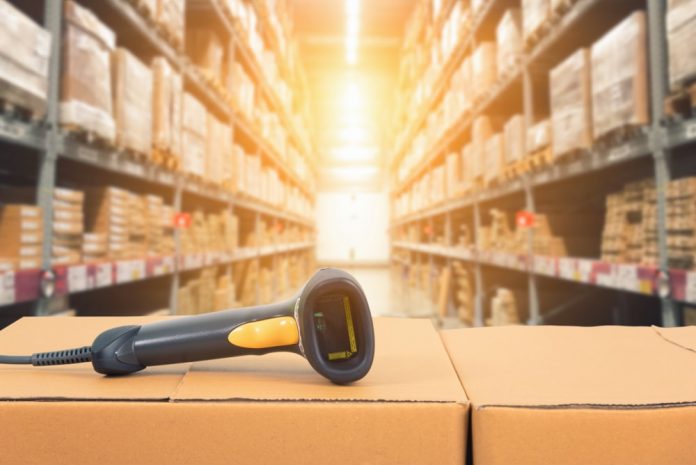By Matt Kostan
Nearly everyone has seen a barcode on a product, though we may not pay much attention to them. They are one of the hidden productivity boosters for small business owners. You can use them in a variety of scenarios, from inventory management to customer invoicing. Surprisingly, many business owners are still using pen and paper for inventory and invoicing. Barcoding can help you increase your productivity and profitability while cutting down on your paper usage.
What is a barcode?
When you think of barcodes you probably think of how the grocery store clerk scans each item. You see them on nearly everything you buy, but what exactly are they? A barcode typically is an alphanumeric code that you can scan or key the numeric code into a computer and software will give you details about the product. For this to work, all your product details do have to be saved somewhere on your computer in advance. This is true for most major retailers—even when using “universal” product codes, (UPC) the product information has to be pre-loaded into a database. Check out our Barcoding 101 post to help you understand barcodes, including a brief overview of barcode scanners.
Here are some of the benefits of barcodes:
- Barcode scanning allows you to check customers out quickly, faster than entering prices on a register one at a time.
- Making price changes is easy because while you put the barcode on the item, you can change the price in the software at any time. The code reflects that change instantly.
- Keeping track of inventory is one of the biggest reasons merchants love barcodes—you have a real-time inventory control process because, as items are sold, they are removed from the inventory database. Some merchants set reorder points (when inventory count hits a certain level) to order new products automatically.
Barcodes are not just for retailers. Many business owners use barcodes in other creative ways to save time and effort. You can use a barcode to represent a customer so that you can track invoices sent and payments received, saving time for your accounts-payable person. You can track employee hours (time and attendance) using barcodes. The same goes for tracking your physical assets, such as desks, filing cabinets, and computers.
When it comes to inventory management, most retailers and e-commerce shops will annually conduct a physical audit. Barcodes dramatically speed up that annual inventory process.
Getting started
Small business owners frequently ask us, “How do I put barcodes on my products?” The answer is not complex. If you do not have an easy way to create your own barcode labels, we recommend this site from the label giant, Avery: How to create your own barcodes. Their labels are affordable and easy to set up and they work with both laser and inkjet printers. Instead of the online barcode generator they have on the website, you can also use the template they provide (typically in Microsoft Word) and format your labels accordingly. Then, all that is left to do is peel and stick the barcodes to your products!
As you can see, anything you barcode can be tracked, scanned into a computer system, and manipulated or reported on. When you’re ready to speed up your business processes, look into implementing barcodes.
Matt Kostan is a speaker, best-selling author, and active contributor to the small business community. He leads the marketing and business development for inFlow, a cloud-based inventory software that manages any inventory-based software. Join thousands of small businesses and start your free 14 day trial today.
Barcode stock photo by Aunging/Shutterstock







